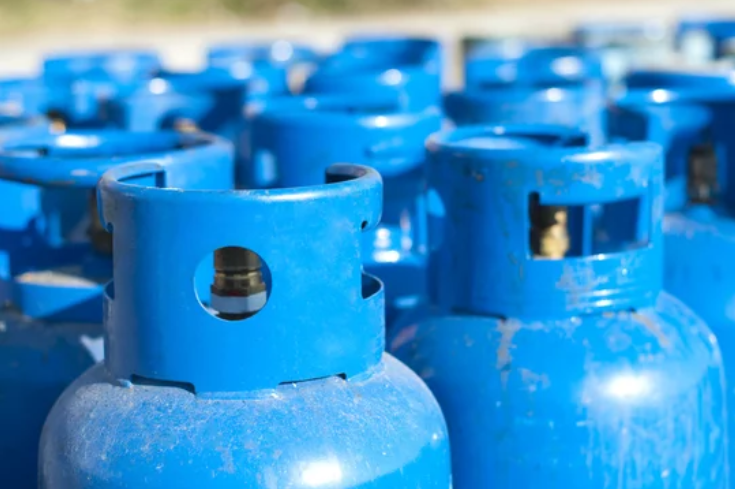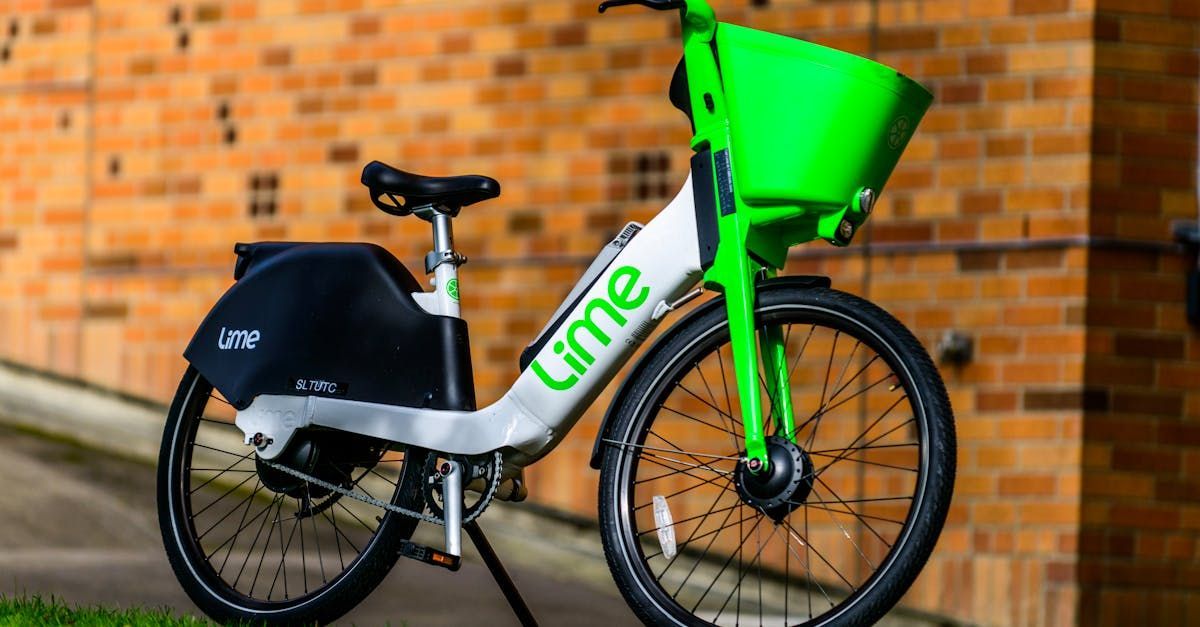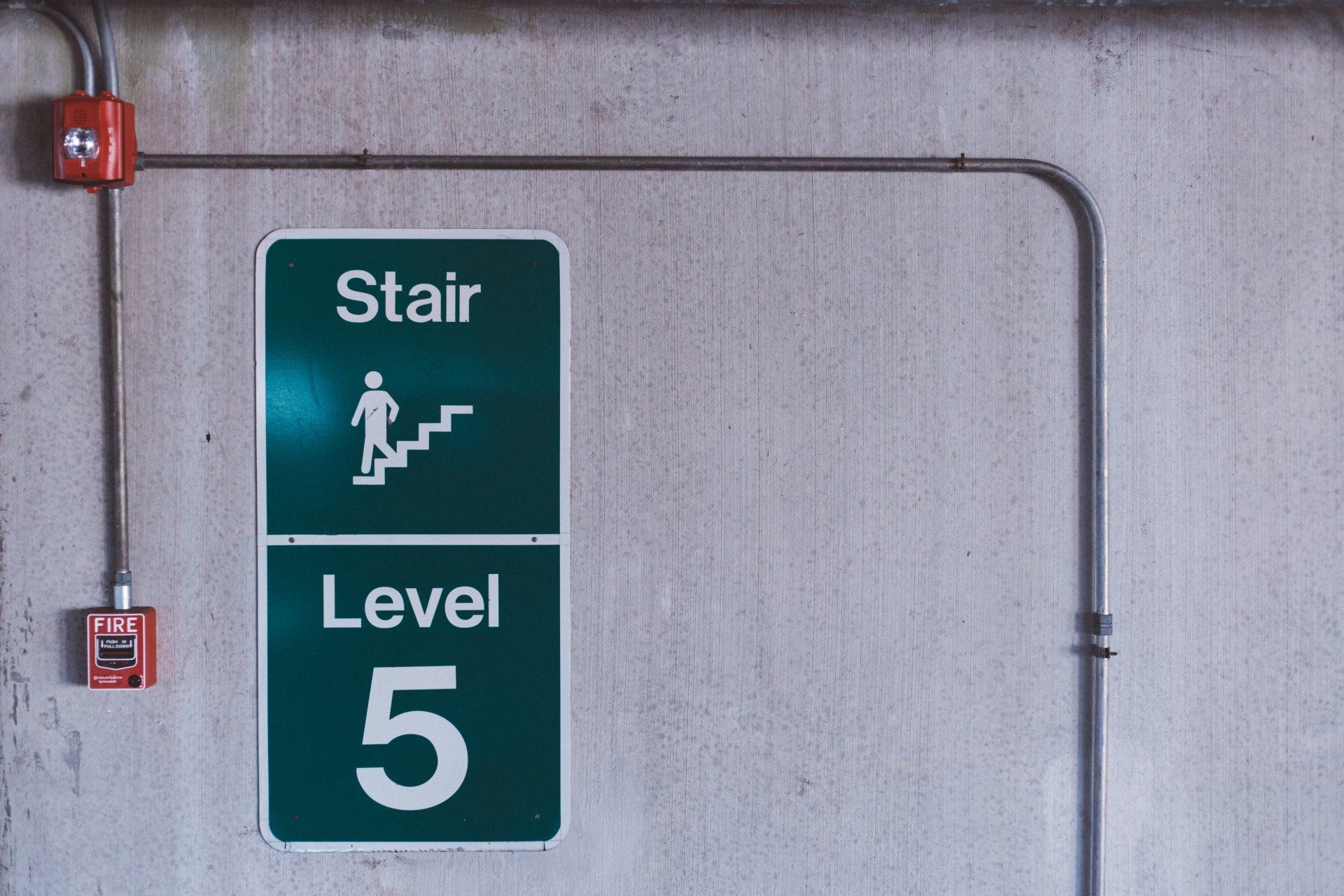Covid-19 – New Variant sees a Return to Increased Precautions – What Does this Mean for Schools?
Covid-19 – New Variant sees a Return to Increased Precautions – What Does this Mean for Schools?
The emergence of the Omicron variant is clearly of significant concern and on 27 November, the Government took the decision to increase the risk level and introduce some of the previously seen measures including the use of face coverings in indoor public spaces and on public transport from Tuesday 30 November for an initial period of three weeks.
So how does this information affect schools? What decisions should now be considered?
The Department for Education is now advising pupils, staff and visitors in Year 7 and above to wear face coverings in communal areas of schools. As this initial period affects most schools virtually to the end of term, it would be prudent for management teams to consider temporary measures that will see us through until the holidays.
Some of the significant changes are as follows:
- Face coverings to once again become mandatory in public indoor spaces, such as shops and public transport
- A positive test for the Omicron variant means 10 days of self-isolation
- Those entering the UK must take a PCR test by the end of their second day after arrival and MUST self-isolate until they receive a negative PCR
- Schools will be required to carry out Lateral Flow Testing internally in January 2022.
Areas for consideration:
- There will be a need to communicate the measures above to those travelling over the Christmas holidays and then returning to the school community in January 2022. The arrangements may well have changed by the time January comes so there will be a need for staff and pupils to keep up to date with new arrangements – confirm how this will be communicated as soon as possible
- Consider carefully where the school will re-introduce face coverings (possibly communal corridors where congestion is high, administrative areas, Staff Rooms, communal areas in boarding houses, changing facilities, etc., should all be considered). Clearly communicate the arrangements to staff, pupils and visitors.
- Are changes to the School Visitor Policy required? Would it be of benefit to reduce in person visits and to encourage the use of online meetings where possible?
- Consider whether some members of staff could return to some level of home working
- Consider whether larger scale events and fixtures could be reduced
- Think carefully about any planned overseas trips in the coming weeks, especially taking into account the impact of isolation and quarantine arrangements
- Consider increasing testing – additional testing measures will be required within schools commencing in January 2022.
In the meantime, schools should continue to:
- Ventilate classrooms as much as you can, tasking into account the cold weather
- Clean and disinfect spaces and common touch points regularly
- Encourage social distancing
- Maintain arrangements to deal with those displaying symptoms quickly and effectively.
Clearly the situation is fluid and more information will follow in the coming days. For help in your considerations of these matters, feel free to call us.













